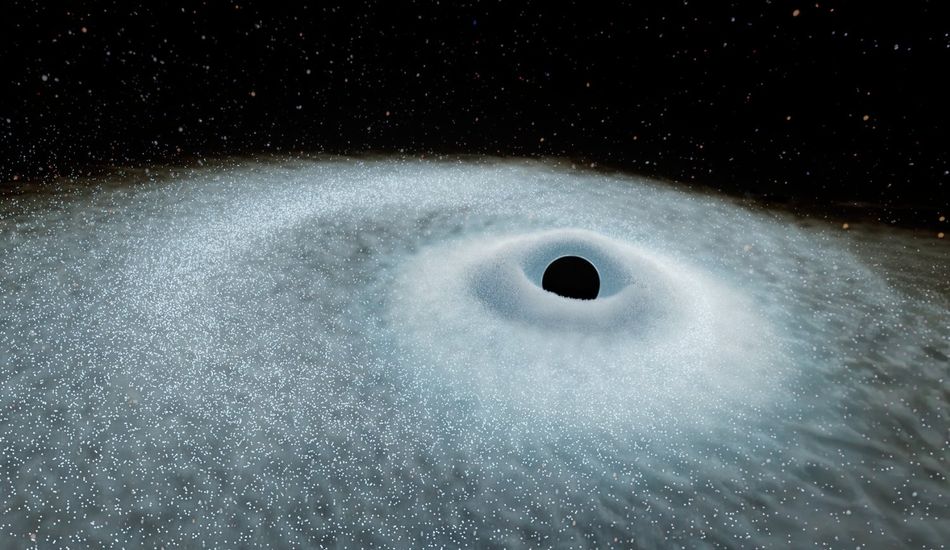
Most Energetic Cosmic Explosions Discovered
Astronomers have identified a new class of stellar explosions, dubbed "extreme nuclear transients" (ENTs), that are the most energetic ever observed. These events occur when a supermassive black hole disrupts a star at least three times the mass of our Sun, resulting in an unparalleled release of energy.
Unprecedented Energy Release
Unlike typical tidal disruption events, where a black hole tears apart a star, ENTs exhibit brightness levels almost ten times greater and remain luminous for years. This surpasses the energy output of even the brightest supernovae. The sheer scale of energy released is staggering; a single ENT can unleash as much energy as 100 suns would over their entire 10-billion-year lifespans. One particular event, Gaia18cdj, released 25 times more energy than the most energetic supernovae previously known.
Accidental Discovery and Confirmation
The discovery was somewhat serendipitous. While analyzing data from the Gaia mission, researchers stumbled upon unusual signals that led to a multi-year investigation. Further observations from the W. M. Keck Observatory confirmed the initial findings, solidifying the existence of this new phenomenon.
Implications for Understanding Black Holes
The exceptional brightness of ENTs allows astronomers to observe them across vast cosmic distances, offering a glimpse into the past. This provides valuable insights into the growth of supermassive black holes during a pivotal period in the universe's history, known as "cosmic noon," when galaxy formation was significantly more active. The study of ENTs promises to revolutionize our understanding of these enigmatic cosmic giants and their role in shaping the universe.
Source: Gizmodo